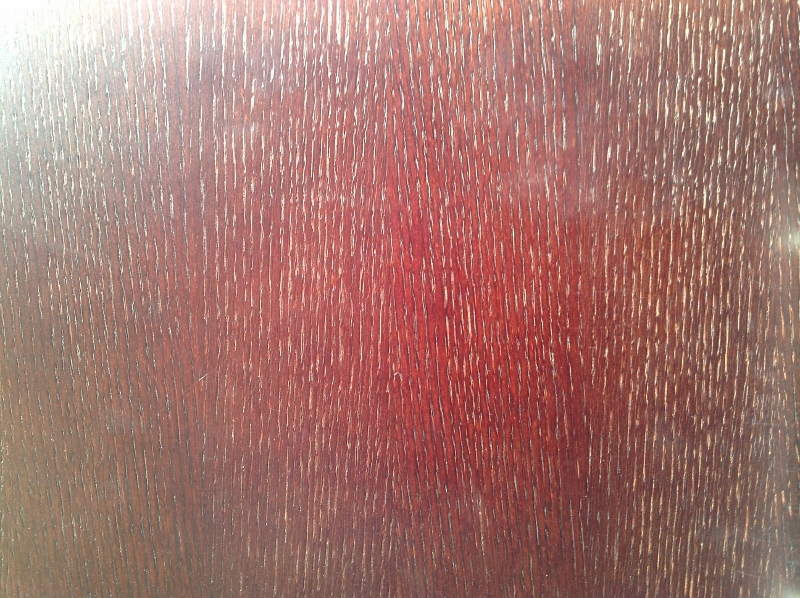Question
I want to mill some large mesquite trees, but most of these don't have one main trunk, or any straight ones. What is the best way to cut trunks that may have an off-center heart to minimize warp and twist?
Forum Responses
Saw them with like stress together. In other words, keep the side of the bend facing up or down (on a bandmill) so the boards don't have both compression and tension wood in them. They will still bow, but you can work with the bow better than you can side bend. Just try to imagine how the tree resisted gravity when it was growing--the boards will move in the opposite direction of gravity after being cut.
Comment from contributor A:
Depending on the size of tree, you will find the mesquite limb will have a bend or crook in it usually around six or seven feet. Sometimes it can be woked around if shorter by using the before mentioned practices. Four to six foot lengths are usually long enough for most furniture building so it works out nicely without a lot of waste. The crooks you cut off make beautiful signs and plaques or clocks. Cutting your wood in the winter when the sap is down helps immensely to stop cracking and warping along with the heavy weight on top. It also helps keep the woodcutter beetle from eating all your wood. Removing the bark by cutting or burning to get it to peel stops the bug problem.
Cutting when the sap is down does help to reduce warpage, bugs, and cracking. Removing the bark also helps in reducing beetles. But the only quaranteed way is to kiln dry at a minimum of 125 degrees Farenheit. The center of the wood must reach 125 F for a minimum of 3 hours to insure the eggs are dead. (Source - Texas A&M)
If the bend is large, cut the bend with a chainsaw keeping at least 4 ft length for the typical portable sawmill. Jigs can be set up to cut shorter lengths but you are really wasting time. Slab the boards keeping any minor bends maximizing the amount of wood obtained. Do not cut green material less than 1". Resaw after drying. Canting mesquite usually wastes too much material because you can end up with voids and defects in the middle of the tree.
Then kiln dry with weight applied. The boards do not tend to warp vary much along length and cusping is minimal. We tend to not cut below 2.5" slabs, then resaw after drying. After resaw, you can cut the large bends out before ripping or rip for maximum width and length.
